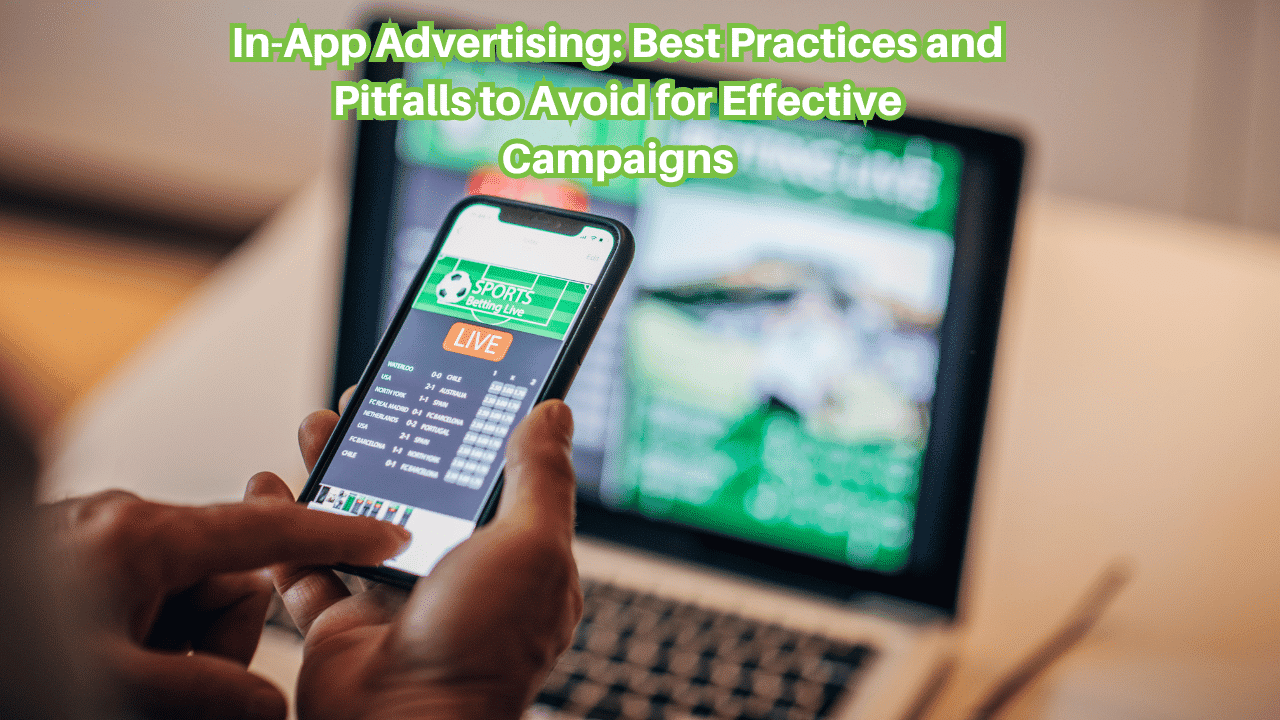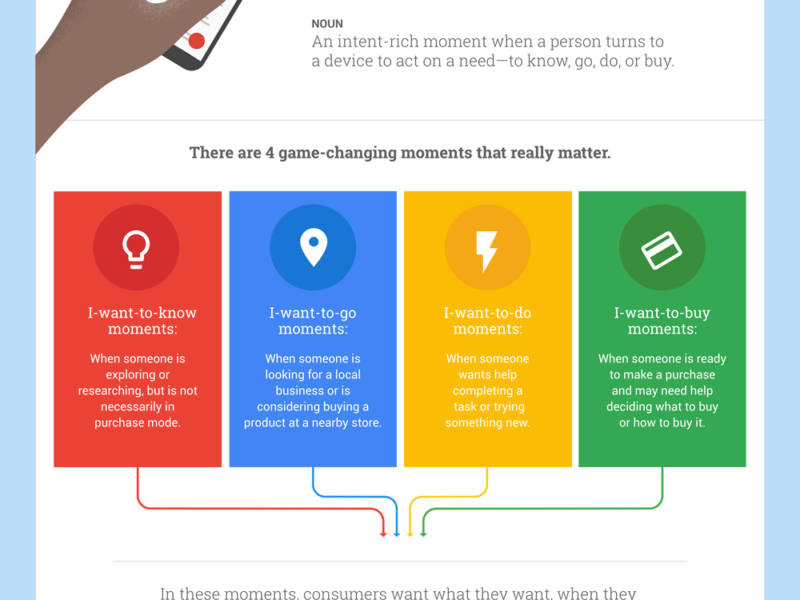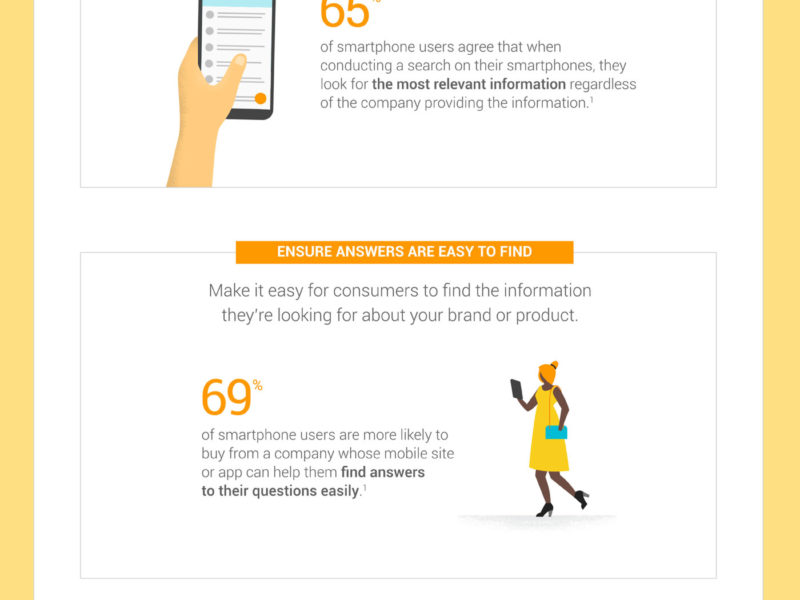Understanding In-App Advertising and Why It Matters
In-app advertising is the process of displaying ads inside mobile applications, where users already spend a significant amount of their digital time. Unlike traditional banner ads on websites, these placements can appear as rewarded videos, native ads, or interactive displays integrated naturally into the app experience.
The appeal is simple: high engagement in a captive environment. When done right, in-app ads can drive meaningful conversions while sustaining app monetization. For instance, many free gaming apps rely on rewarded video ads—users voluntarily watch short clips in exchange for in-game currency.
However, the real challenge isn’t running ads—it’s running them right. Poorly executed campaigns frustrate users, lower retention, and hurt brand credibility. That’s why understanding best practices and pitfalls is crucial before diving in.
Best Practices for Effective In-App Advertising
Crafting an effective in-app advertising strategy is less about flashy visuals and more about alignment between user experience, ad format, and campaign goals.
1. Prioritize User Experience
The best in-app ads are non-intrusive and value-driven. For example, integrating native ads that blend with the app’s interface feels natural rather than disruptive. Always test placements to ensure ads don’t interrupt critical user actions—especially in gaming or utility apps.
2. Match Format with Objective
- Rewarded videos: Ideal for engagement and retention.
- Interstitial ads: Best for brand awareness but should appear between user actions, never mid-task.
- Native ads: Perfect for content or social apps aiming for subtle monetization.
In practice, testing multiple formats through platforms like Google AdMob or Unity Ads helps identify what resonates with your audience.
3. Leverage Data for Optimization
Tracking key metrics such as click-through rate (CTR), cost per install (CPI), and user lifetime value (LTV) allows marketers to refine campaigns intelligently. Use analytics tools to understand how ad exposure impacts user behavior over time.
4. Ensure Creative Consistency
A common mistake is running ad creatives that feel disconnected from the product or audience. Ads should use consistent tone, visuals, and messaging that reflect the brand identity, ensuring familiarity breeds trust.
Common Pitfalls to Avoid in In-App Advertising
Even brands with strong budgets can fall into traps that reduce ad impact. Here are the most frequent missteps:
- Ignoring Frequency Caps
Showing the same ad repeatedly leads to “ad fatigue,” causing users to disengage or uninstall the app entirely. Setting smart frequency limits keeps experiences fresh. - Skipping Testing and Segmentation
Assuming one message fits all audiences rarely works. Segment users by demographics or behavior to deliver more relevant ad content. - Overlooking Privacy and Compliance
Failing to comply with privacy regulations (like GDPR or CCPA) can lead to fines and user mistrust. Always obtain consent and be transparent about data usage. - Not Balancing Monetization with Retention
In practice, too many ads might boost short-term revenue but harm long-term loyalty. It’s essential to find equilibrium—ads should complement, not dominate, the user journey.
FAQs of In-App Advertising: Best Practices and Pitfalls to Avoid
What is the most effective in-app ad format for engaging users?
Rewarded video ads generally perform best because they offer a clear value exchange—users choose to watch them for in-app benefits, which leads to higher engagement and satisfaction.
How can app developers test and improve their ad performance?
Use A/B testing within platforms like Google AdMob or Meta Audience Network to compare different formats, creatives, and placements. Continuously analyze performance data to optimize for both revenue and user experience.
Final Tip: In-app advertising success lies in balance—when each ad adds value rather than friction. Prioritize relevance, respect user attention, and let the data guide your adjustments. That’s how sustainable monetization—and long-term trust—are built.






